Find out how this new carbon fibre bow is claiming its place in bow making history
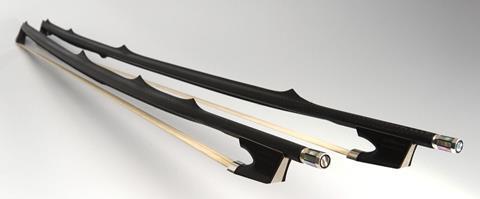
The first thing that catches the eye on the Black Ibis bow are the elegant fins on the top. It is a complex-looking body. The bows also have a sound opening on the underside, something never seen before, as well as an elegant frog and screw.
‘It’s really exciting,’ says violinist Niklas Liepe, testing on his Giuseppe Guarneri violin from 1741. ‘This bow sits well in the hand and actually seems to require less control. The lighter touch requires less pressure. But this seems a little unusual at first. One is used to having to exert control. The 15-degree angled frog is noteworthy, which offers favourable utilisation of the bow hair in the lower half of the bow with the usual right-hand tilt of the bow during play. The sound opening on the underside is a completely new experience,’ Liepe says.

But what about the sound of the bow in concert? To investigate this question, Liepe presented the Black Ibis bow at two concerts that took place on 31 July at the Foyer Schattdecor in Thanau/Bavaria and on 1 August 2024 at the Klangmanufaktur in Hamburg.
With the Beethoven Sonata no.8 in G major, op.30 no.3, Liepe set the artistic standard of the concert in Hamburg very powerfully and convincingly high. The concert led with stimulating ease through different musical styles, including Liepe’s jazz version of Paganini’s Caprice no.24 and his penchant for newer music.
The Black Ibis bow had its first baptism of fire with the violin concerto Tipping Points by Oscar winner Rachel Portman composed especially for Liepe. Liepe interpreted the movement ‘Earth’ with the new Black Ibis bow and the movement ‘Epilogue’ with his own old French master bow by Pierre Simon.
It was then up to the audience to give their first impressions. The new bow proudly kept eye level with the old master bow. The feedback from the audience for this new bow was pleasingly positive.
The bow was developed by Manfred Negatsch, a carbon fibre expert who began playing the violin at the age of seven. In addition to his professional work in aircraft construction, he enjoys working with the theoretical physics of aerodynamics and acoustics. ‘The design of the bow follows dynamic and tonal goals. The superior design ability of carbon fibres and their physical properties invite the developer to discover new possibilities. Critical feedback from violinists gives me the most valuable impulses to further develop the bows. I am grateful that I can gain valuable impulses from my discussions with Niklas Liepe,’ says Negatsch.
Negatsch has great respect for traditional bow making. He doesn’t want to compete with it and certainly doesn’t want to copy its sounds. ‘The old masters were developers. Ironically, it is a nature given commonality, that half of pernambuco also is composed of pure carbon. The much more interesting commonality is the search of the high-end, the unmistakable own sound.’
Negatsch concludes: ‘After 300 years of tradition, the Black Ibis bow claims its own place.’
Find out how this new carbon fibre bow is claiming its place in bow making history. Watch Niklas Liepe test the Black Ibis bow in the video below:



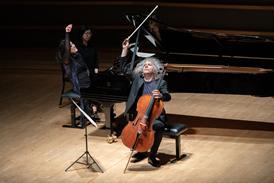

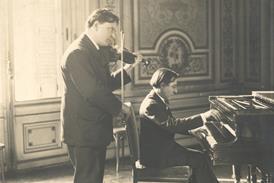
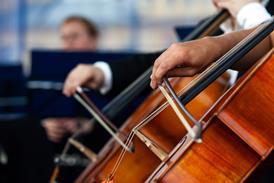

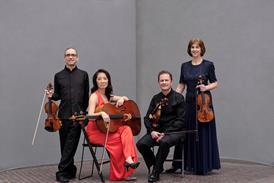





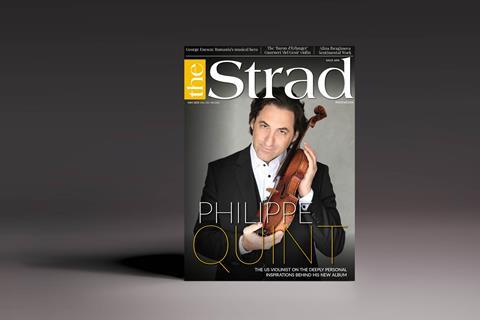




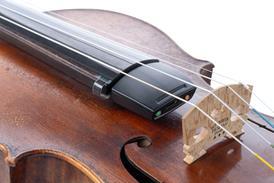
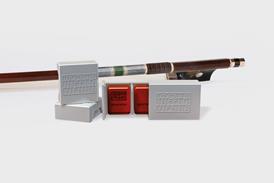
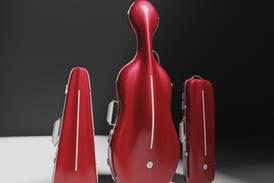












No comments yet